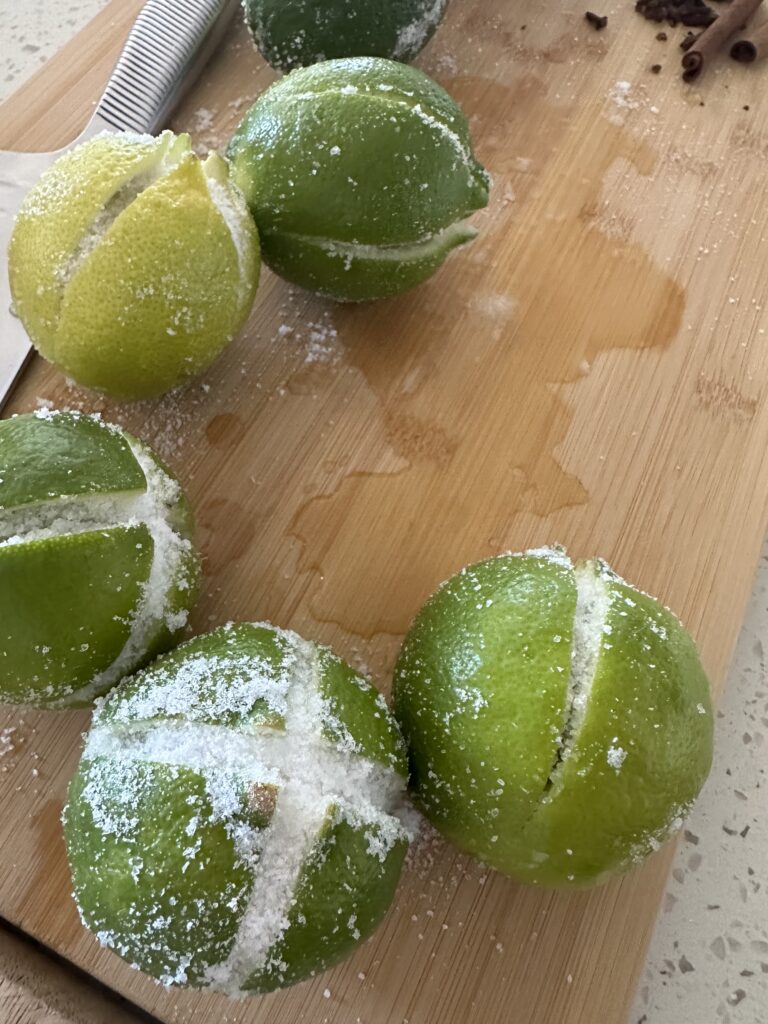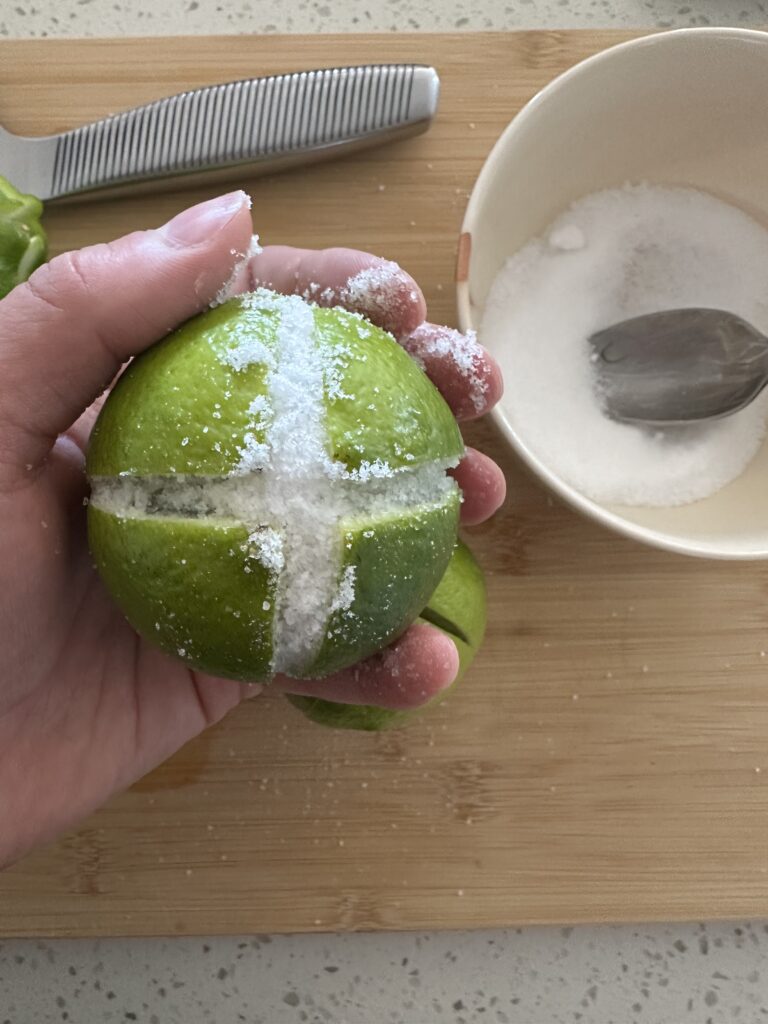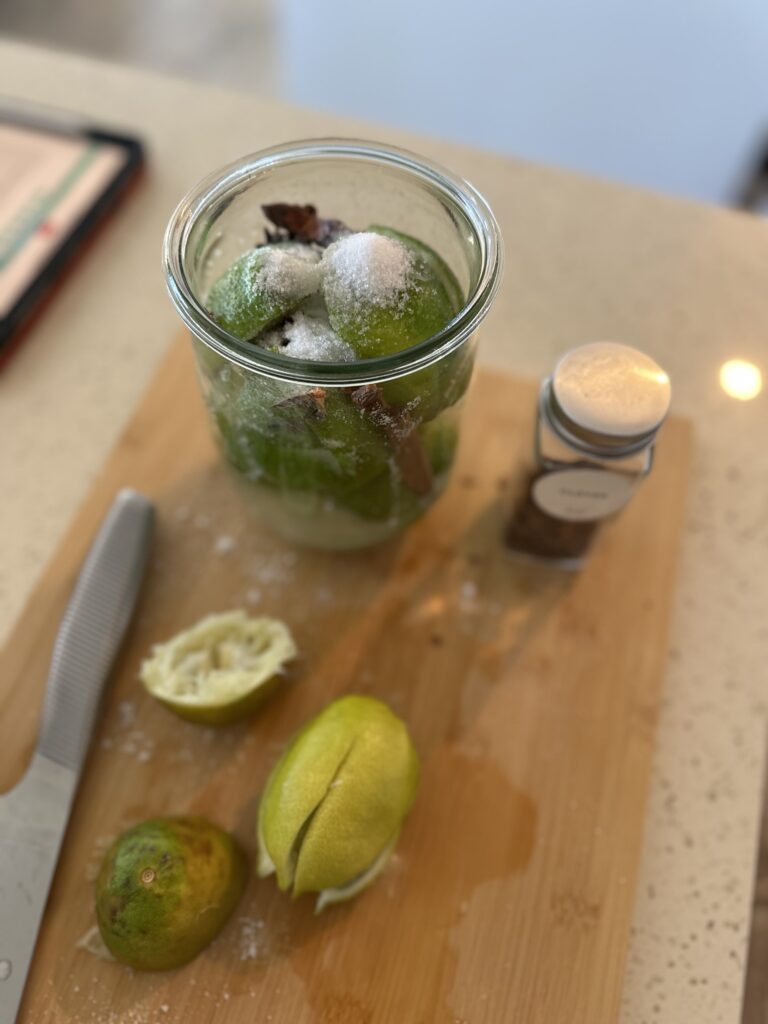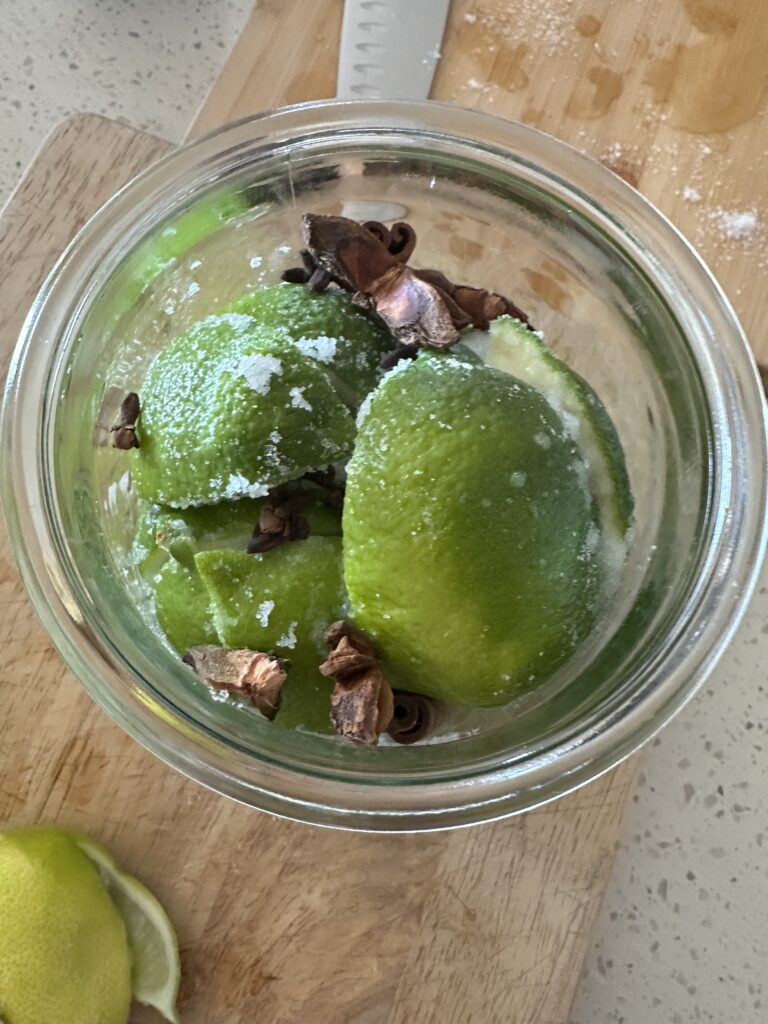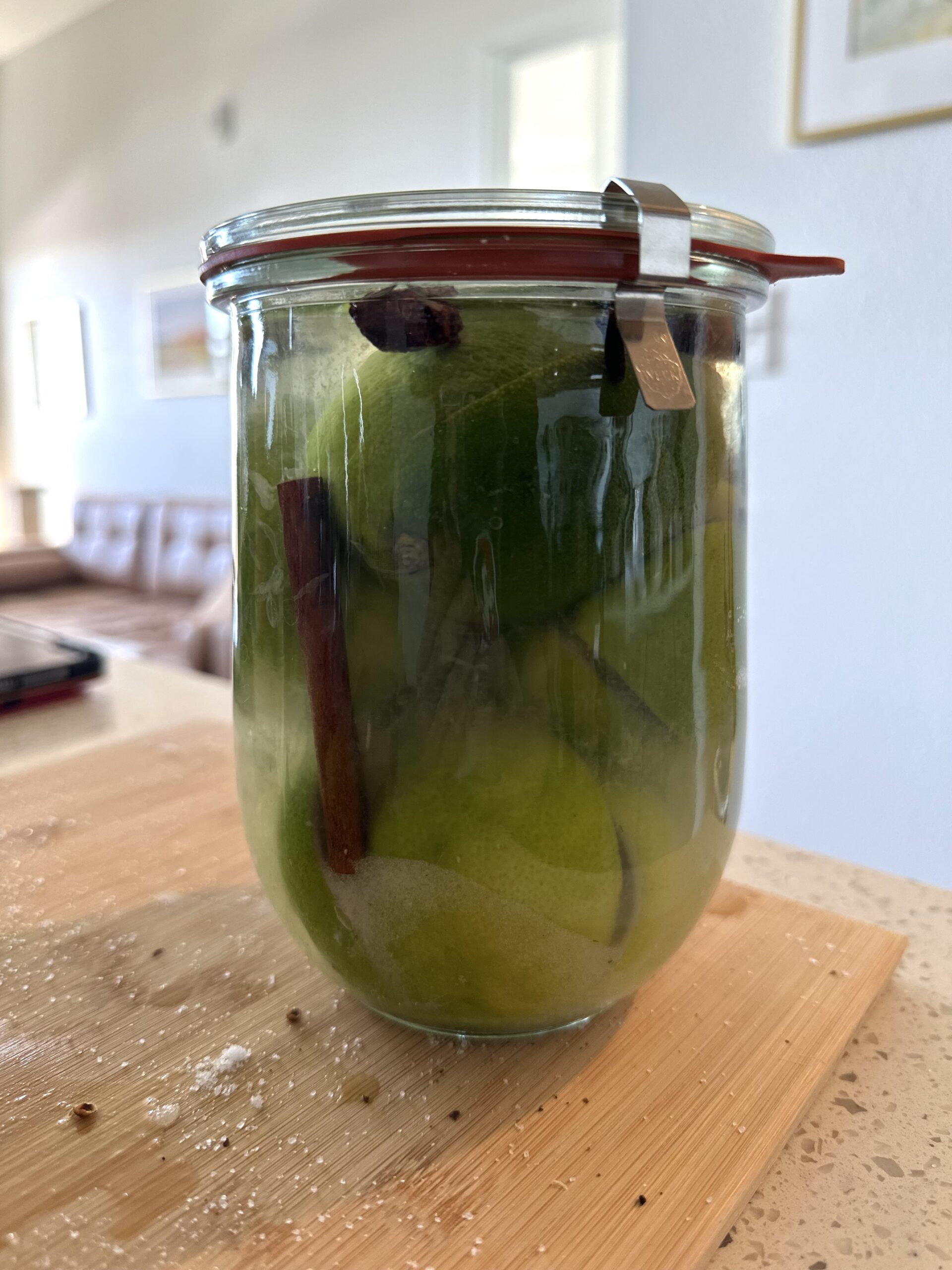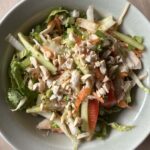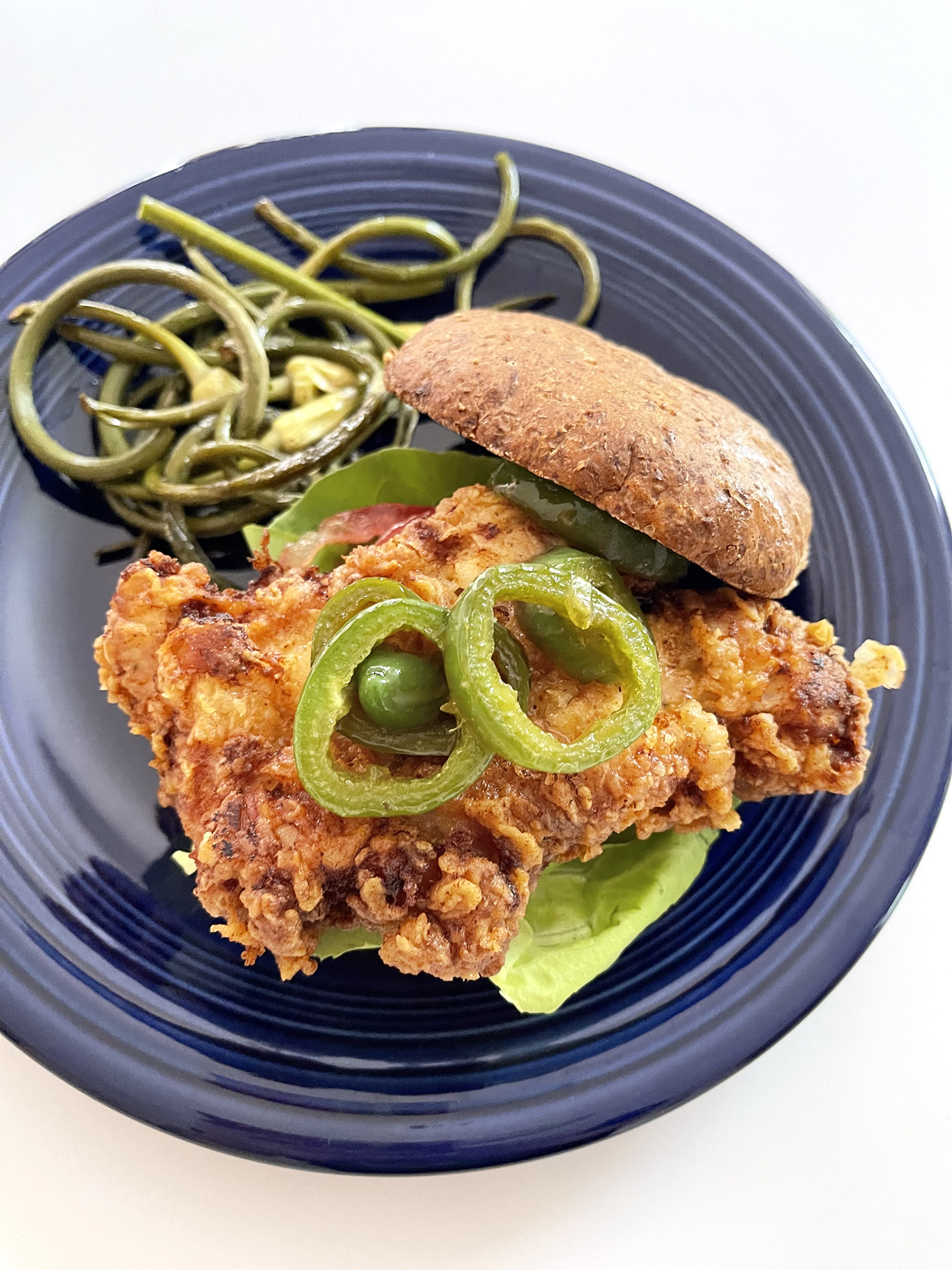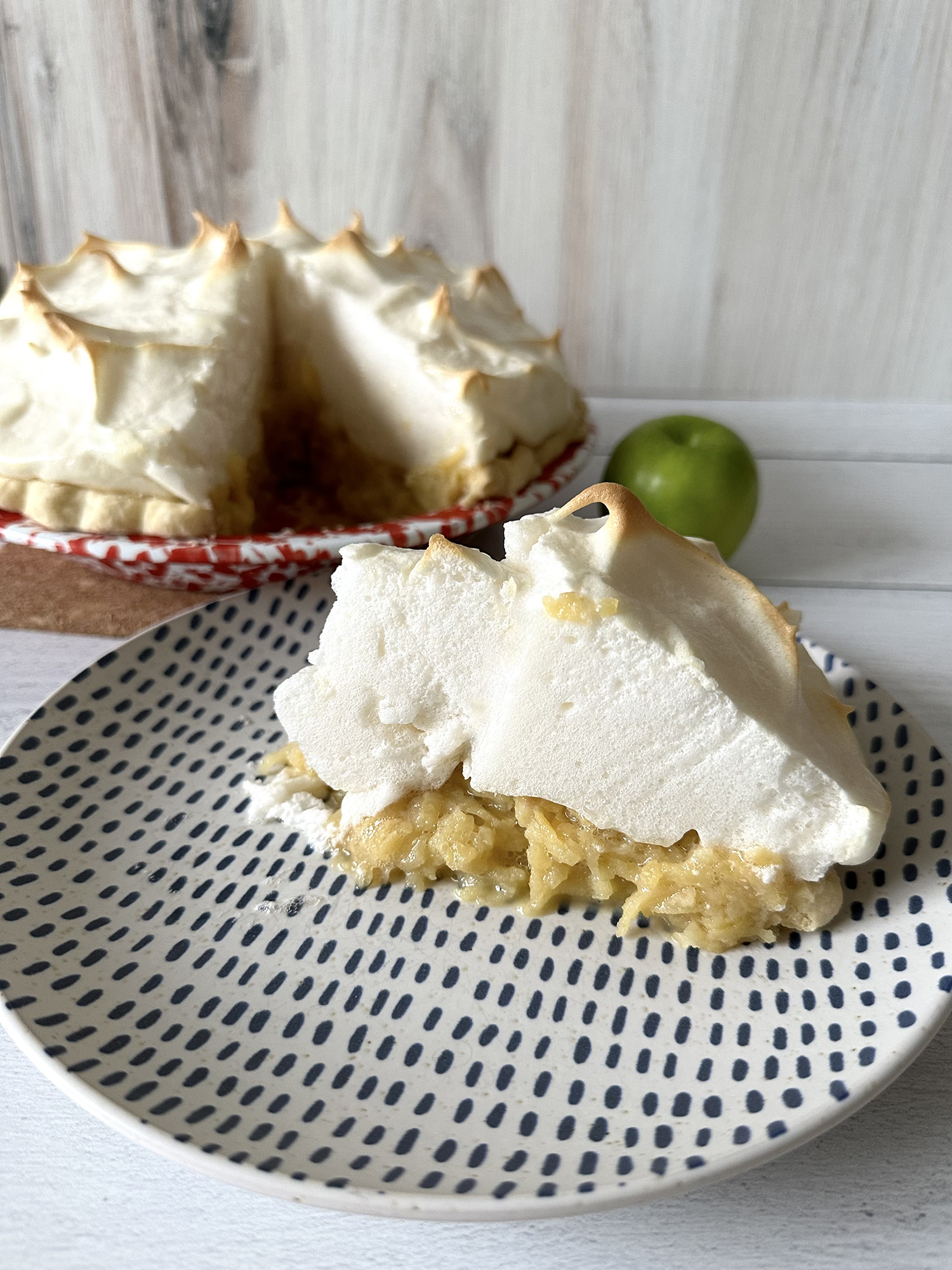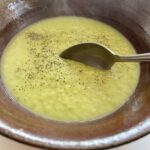These limes and lemons are tender, salty, and mildly spiced. They’re a wonderful addition to soups, stews, and other saucy preparations. The entire fruit, including the peel, is edible. Use them in this recipe for Moroccan Chicken.
On the Ingredients
- There are several varieties of citrus called limes, but in the US, when something is labeled “lime,” it’s usually a Persian lime. Most limes are hybrids between citrons, pomelos, mandarins, or Micrantha (a type of papeda). Persian limes are a hybrid of Key limes and lemons. Compared with other lime varieties, Persian limes are larger, hardier, seedless, and have a longer shelf life, making them more desirable commercially.
- Lemons are a very popular citrus enjoyed around the world. They’re believed to be a natural hybridization of citron and bitter oranges that first appeared in Asia– most likely Northern India. They were cultivated in the ancient world, spreading across the Middle East to Europe and Northern Africa. Today, lemons are used for countless foods, drinks, and other products.
-
Cinnamon is a spice that is made from a tree bark. There are over three hundred species of trees in the Cinnamomum genus, but only a couple are used to cultivate the popular spice. Ceylon cinnamon is often called “true cinnamon,” but the far more common variety is cassia. Both are derived from the inner bark of their perspective trees. In America, cinnamon is used chiefly in sweet foods. Cinnamon and sugar go together on cereal, toast, fruits, and in all kinds of desserts. However, in the world at large, cinnamon is used in various sweet and savory dishes, especially in Indian, Turkish, and Persian cuisines. Cinnamon sticks are made from peeled strips of bark and are usually used for decoration or to flavor hot drinks.
-
Cloves come from dried buds of an Indonesian flowering tree, cloves are popular in many traditional cuisines. They’re generally sold either whole or ground. While the ground version may be more convenient for cooking, whole cloves are essential for making orange pomanders. This traditional craft involves pressing cloves into an orange’s skin, making interesting designs and patterns. The cloves preserve the orange, and the two create a delicious smelling decoration.
-
Star Anise is an aromatic spice comes from an evergreen tree indigenous to northeast Vietnam and southwest China. Though the flavor closely resembles anise seeds in scent and flavor, the two plants are unrelated. Star Anise is a crucial ingredient of Chai tea, Vietnamese pho soup, and five spice. It can also be used as a substitute for the more expensive Anise Seed.
Preserved Spiced Limes and Lemons
10
servings1
hour4-6
weeksThese limes and lemons are tender, salty, and mildly spiced. They're a wonderful addition to soups, stews, and other saucy preparations. The entire fruit, including the peel, is edible. Use them in this recipe for Moroccan Chicken.
Ingredients
4-5 lemons or limes
5 tbsp rock or sea salt
2 tsp sugar OR monk fruit sweetener
1/4 cup lemon or lime juice
8 whole cloves
2 star anise
1 cinnamon stick
boiling water
- Special equipment
36oz mason jar with lid
Directions
- Slice into each fruit lengthwise, starting at the tip and cutting down, stopping just before the base. Turn the fruit 90° and repeat so the fruit is mostly quartered but opens like a flower.
- Fill each fruit with 1 tbsp of rock or sea salt.
- Boil the mason jar and lid to sterilize, then set out on a clean towel.
- Pack the salt-stuffed fruits into the jar and add the spices, sugar, and lime juice.
- Pour the boiling water into the jar until it's completely covering the fruit, with a bit of air before the top. Be sure the fruits are all submerged.
- Seal the jar immediately and allow it to cool to room temperature. The lid should pop as it cools.
- Store in a cool, dark place for 4-6 weeks before opening.
- When ready to use, rinse the fruit in water to remove the excess salt. Slice thinly and add to preparations.
